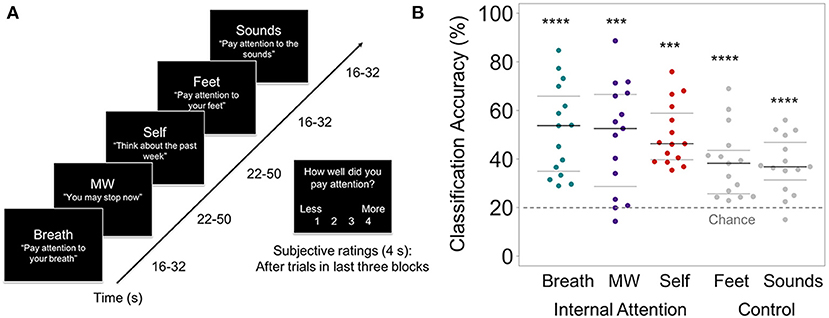- 1Osher Center for Integrative Medicine, University of California, San Francisco, San Francisco, CA, United States
- 2Neuroscape Center, University of California, San Francisco, San Francisco, CA, United States
- 3Department of Psychiatry and Behavioral Sciences, University of California, San Francisco, San Francisco, CA, United States
- 4East Bay Meditation Center, Oakland, CA, United States
- 5Department of Psychology, University of Texas at Austin, Austin, TX, United States
- 6Division of General Internal Medicine, University of California, San Francisco, San Francisco, CA, United States
- 7Department of Anthropology, Stanford University, Palo Alto, CA, United States
- 8School of Human Ecology and Center for Healthy Minds, University of Wisconsin–Madison, Madison, WI, United States
A Corrigendum on
Toward a Compassionate Intersectional Neuroscience: Increasing Diversity and Equity in Contemplative Neuroscience
by Weng, H. Y., Ikeda, M. P., Lewis-Peacock, J. A., Chao, M. T., Fullwiley, D., Goldman, V., et al. (2020). Front. Psychol. 11:573134. doi: 10.3389/fpsyg.2020.573134
In the original article, there was a mistake in Figure 2 as published. The conditions were labeled incorrectly in Figure 2B. The corrected Figure 2 appears below.

Figure 2. (A) Internal Attention (IA) task. With eyes closed, participants were directed via 2-s auditory instructions to pay attention to five internal mental states for brief time periods (16–50s). The IA task directed attention to three mental states relevant for breath meditation (Breath, MW, and Self), and to two control mental states (attention to the Feet [another area of the body] and ambient MRI Sounds [consistent external distractor]). Example auditory instructions are displayed in quotes. MW was induced by instructing participants to stop paying attention and let their minds attend to whatever they wanted. Conditions were randomized over six IA blocks in four orders, with 72s of data collected from each condition in each block (total 432s/condition). For the last half of IA task trials, subjective ratings of attention were collected after each trial (except MW) using a button box (1 = less, 4 = more). (B) From the IA task, the prediction accuracy of the classifier for identifying internal states of attending to the Breath, MW, and Self, and control conditions of attending to the Feet and Sounds. Beeswarm plots present each data point, the median (bold black line), and ± 25th percentile range (gray lines) of the mean prediction accuracy for all data in each condition (n = 432) across all subjects. Statistical significance was determined by a one-sample two-sided t-test against theoretical chance-level for classification of 5 categories (20%, denoted by dashed line). ***ts14s < 4.98, p < 0.001, ****ts14 > 5.77, ps < 0.0001.
The authors apologize for this error and state that this does not change the scientific conclusions of the article. The original article has been updated.
Keywords: meditation, interoception, neuroscience, diversity, community engagement, intersectionality, mindfulness, machine learning
Citation: Weng HY, Ikeda MP, Lewis-Peacock JA, Chao MT, Fullwiley D, Goldman V, Skinner S, Duncan LG, Gazzaley A and Hecht FM (2021) Corrigendum: Toward a Compassionate Intersectional Neuroscience: Increasing Diversity and Equity in Contemplative Neuroscience. Front. Psychol. 11:631816. doi: 10.3389/fpsyg.2020.631816
Received: 21 November 2020; Accepted: 02 December 2020;
Published: 06 January 2021.
Edited and reviewed by: Myriam Mongrain, York University, Canada
Copyright © 2021 Weng, Ikeda, Lewis-Peacock, Chao, Fullwiley, Goldman, Skinner, Duncan, Gazzaley and Hecht. This is an open-access article distributed under the terms of the Creative Commons Attribution License (CC BY). The use, distribution or reproduction in other forums is permitted, provided the original author(s) and the copyright owner(s) are credited and that the original publication in this journal is cited, in accordance with accepted academic practice. No use, distribution or reproduction is permitted which does not comply with these terms.
*Correspondence: Helen Y. Weng, aGVsZW4ud2VuZ0B1Y3NmLmVkdQ==
 Helen Y. Weng
Helen Y. Weng Mushim P. Ikeda4
Mushim P. Ikeda4 Jarrod A. Lewis-Peacock
Jarrod A. Lewis-Peacock Maria T. Chao
Maria T. Chao Adam Gazzaley
Adam Gazzaley